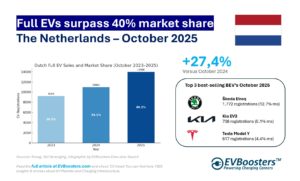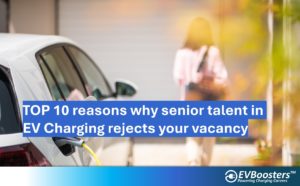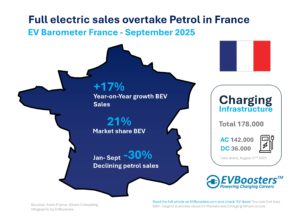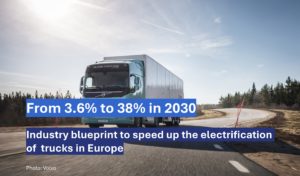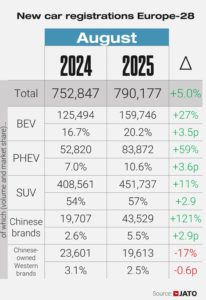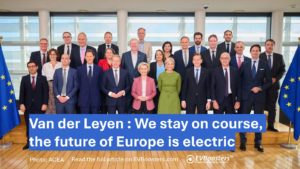Technical Developments
As of early 2024, the US has about 3 million battery electric vehicles (BEVs) and 150.000 public EV chargers. This results in a 20:1 vehicle-to-charger ratio. In Europe, there are around 6 million BEVs and 750.000 public chargers, giving it a more favorable 8:1 ratio. These numbers suggest Europe might be ahead in terms of infrastructure, but the market dynamics tell a different story.
Market Developments
In the US, expanding geographically is easier for CPOs. This is because the US market is dominated by a few major players. Companies like Tesla, EVgo, Electrify America, and ChargePoint lead the market, especially in states like California, Texas, and Pennsylvania. Tesla alone holds over 50% of the fast-charging market.
Europe, on the other hand, has a fragmented CPO market. The top players vary widely by country. For example, in the UK, the leading CPOs are InstaVolt, Tesla, BP Pulse, Osprey, and Gridserve. In France, the top players are Tesla, Power Dot, TotalEnergies, Ionity, and Electra. Germany’s leaders include EnBW, Aral Pulse, Tesla, Ionity, and Allego. This fragmentation is also evident in the large number of operators in countries like Germany, where over 100 CPOs run at least 100 public chargers.
Policy Developments
The US benefits from unified federal policies. The 2021 Bipartisan Infrastructure Law allocated $7,5 billion for EV charging. The 2022 Inflation Reduction Act provided tax credits for EVs and chargers. The federal government also set up the Joint Office of Energy and Transportation to streamline the deployment of fast-charging stations along highways.
In Europe, policies are less unified. The European Green Deal, passed in 2020, is applied at different paces by member states. For example, France has excluded Chinese-made vehicles from its EV purchase incentive to support its local economy. Germany has lobbied for exemptions to the EU’s 2035 ban on new combustion engine car sales to protect its car industry. The UK’s exit from the EU adds another layer of complexity.
Market Expansion Challenges
Expanding in the US is simpler due to a single language and currency, as well as standardized federal policies. In Europe, CPOs must deal with multiple languages, currencies, and country-specific regulations. For example, McDonald’s in the US partners with ChargePoint and Blink for nationwide EV chargers. In Europe, McDonald’s uses different CPOs in each country, such as Vattenfall in the Netherlands and InstaVolt in the UK.
Strategic and M&A Opportunities
Europe’s fragmented market presents significant opportunities for mergers and acquisitions. Consolidation can improve economies of scale and provide a more consistent customer experience. Local leaders might merge to form regional powerhouses, enabling them to compete on a larger scale and deliver better returns for investors.
Conclusion
Europe has a more mature EV charging infrastructure in terms of vehicle-to-charger ratios. However, the US’s consolidated market and unified policies give it a strategic edge. As both markets evolve, CPOs and investors will shape the future of EV charging infrastructure. Consolidation in Europe could lead to a more integrated market, rivaling the established US leaders.
Source: Apricum


